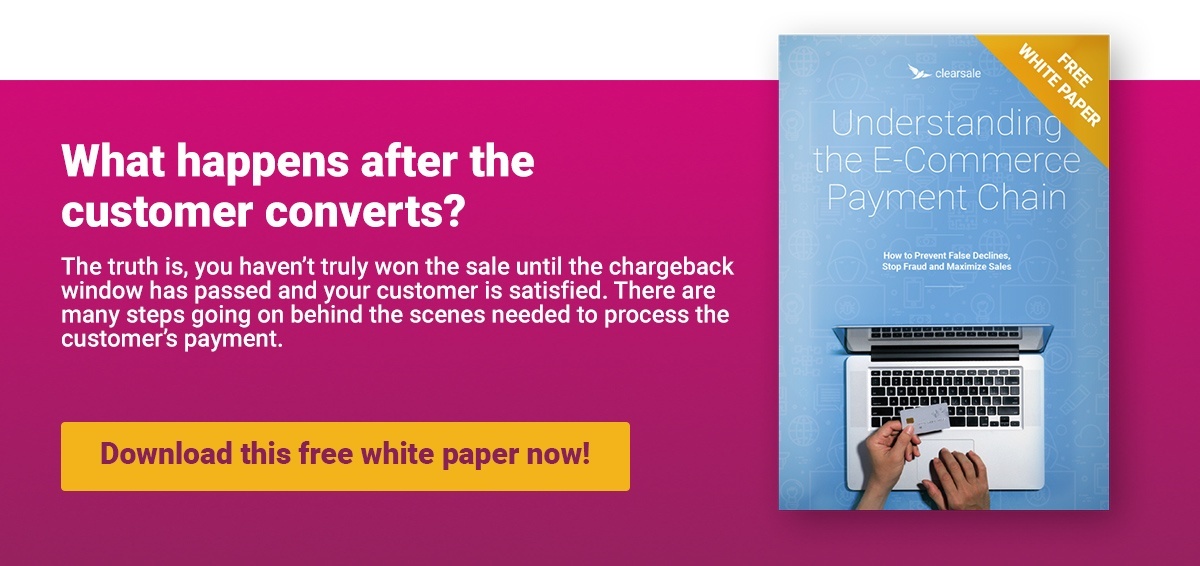Give Customers the Gift of Freedom From Identity Theft
But consumers may not be paying attention. They’re so eager for that must-have toy or electronic gadget that they may be putting themselves at an increased risk of identity theft. Common ways that thieves steal data include:
- Data breaches. This year’s Equifax breach exposed more than 145 million Americans’ protected data.
- Mobile phone thefts. Consumers who save banking and retail shopping passwords on their smartphones risk being out more than just the replacement cost of their device if it gets lost or stolen.
- Malicious software. Viruses can do more than just slow down computers (and phones). They can also record keystrokes to capture user names and passwords and transmit that data to cybercriminals.
If not addressed, these vulnerabilities can a hassle-filled shopping season for customers and merchants alike. But merchants have the power to help customers avoid becoming a fraud statistic this holiday season. By implementing even a few of the proactive fraud prevention practices listed, merchants can boost the safety of e-commerce transactions and minimize their customers’ risk of identity theft.
How Merchants Can Help Protect Customers
After e-commerce fraud spiked 33% from 2015 to 2016, merchants have realized they must actively help customers protect their sensitive data when they go online to research or make purchases. So e-commerce retailers have begun implementing such smart strategies as:
Verifying Click-and-Collect Purchases
Next-day delivery isn’t soon enough for some customers, so many stores have begun to offer same-day in-store pickup options. And that’s perfect for fraudsters: The sooner they can place a fraudulent transaction and collect the goods, the better their odds of getting away with it before a retailer or customer has the chance to notice the fraud.
What merchants can do: Always ask customers to present an ID and the credit card used to make the purchase at pickup and compare that against the order information.
Reviewing Purchases With a High Resale Value
The hottest holiday items have remained remarkably similar from year to year: expensive electronics that can be quickly and easily resold on the secondary market. From fitness trackers and watches to wireless headphones and the latest generation of smartphones, these items are easy to ship and resell and are always high on a fraudster’s wish list.
What merchants can do: A high volume of expensive merchandise being purchased, especially from new customers, should raise red flags and warrant further investigation.
Watching for Suspicious Gift Card Purchases and Redemptions
Gift cards have increased in popularity for uncertain gift givers, making up more than 18% of holiday purchases in 2015. But gift cards are also appealing to fraudsters. Easy to resell at near the original purchase price and often available immediately as an online code, fraudsters can quickly transform cards into cash while remaining untraceable. Fraudsters may also use the gift cards to purchase items and then try to return them in-store for cash.
What merchants can do: Watch for unusual purchase patterns (e.g., loading high dollar amounts onto gift cards, numerous cards purchased from the same location), and require receipts for returned items.
Encouraging Password Security
A shocking amount of sensitive personal data can be found, bought and sold on the dark web, with much of it coming from recent high-profile data breaches and customers falling vulnerable to phishing scams that try to trick customers into sharing sensitive account data.
What merchants can do: Encourage customers to regularly update passwords, to not reuse passwords among sites, and to avoid using popular passwords. Also remind them not to trust emails — even legitimate-looking ones — from merchants that request personal data.
Educating Employees and Encrypt Data
Most employees are probably doing some browsing and shopping on their work computers. If they accidentally visit a compromised website, they can open the entire network to vulnerabilities. Hackers may be lurking in the background, preparing to launch malware that can infect company databases and give cybercriminals access to customer and business data. And these breaches can result in severe fines and penalties, not to mention reputational damage and the money required to shore up the network.
What merchants can do: Remind employees about the importance of safe browsing, and offer tips on what to look for on a compromised website (typos, poorly worded, unbelievable deals, etc.). Also ensure that sensitive and confidential business data is encrypted, rendering it useless to any fraudster who may bypass your security measures.
Not Assuming Websites and Apps Are Secure
To prevent hackers from accessing customer data, merchants should confirm their sites use Secure Sockets Layer authentication, security providers like Verisign, 3-D Secure and other multilayered cybersecurity approaches.
What merchants can do: Treat every online portal as vulnerable, and don’t assume that apps are immune to hacking. Apply the same vigorous security measures to apps as to websites.
Every holiday season, retailers have a simple wish list: increase sales, make customers happy, and reduce fraud exposure and chargebacks. But what worked last year to protect against identity theft and fraudsters may not have the same effectiveness this year.
Fraudsters evolve. Fraud prevention solutions should, too.
This holiday shopping season, keep one step ahead of fraudsters by upgrading to a customized blend of expert human analysis and state-of-the-art machine learning that uses the latest technology and trends to evaluate transactions. Contact our fraud protection analysts today to learn why this much-needed layer of security is the best gift you can give your business and your customers this holiday.
 Sarah Elizabeth
Sarah Elizabeth
